
Why Customer Support and Service aren’t the same?
By Rasel Siddiqe
March 4, 2022
Last Modified: November 20, 2025
If you’ve been using Customer support and customer service interchangeably for the better part of your life, it’s time to bring you to a “today I was years old” moment. First off, I’ve been doing this too, and trust me when I say I’m not proud of it. Let’s see if we can’t explain this out of the ballpark.
Customer Support vs. Customer Service: The confusion
The confusion between these two terms arises from the fact that they have too many similarities to distinguish them. But there is also another reason which we’ll get to in a bit. Let’s check out the similarities between technical customer support and service first,
- Both fields revolve around customers and their needs.
- Both depend on the same modes to communicate e.g. email, chat, and phone.
- They involve the use of similar skills to achieve goals.
- Both are crucial for the customer experience delivered by businesses.
The conflict between Customer Support and Service
The second reason we mentioned earlier is the conflict between two competing notions. While one notion considers customer service as a broad umbrella term. In contrast, customer support is considered to be a specific type of customer service.
The other notion is that support and service are two completely separate things. They may share similarities, but due to distinct goals, they are fundamentally not the same thing.
This conflict isn’t just among the lay people either. The whole customer interactive industry can’t seem to come to a consensus on this. This is essentially why it’s such a challenge to make clear distinctions between the two.
So, what’s the difference?
We’ve specified what each of the terms means in a broad way. Now let’s check out the subtle differences that might slip if you think about it.
| Customer Support | Customer Service |
|---|---|
| Significant growth opportunity upto management | Little opportunity for growth beyond entry-level |
| Improve CX by aiding product usage | Smoothen transaction on all fronts |
| Mainly SaaS and E-commerce companies | Companies in any industry |
| Problem solving and developing new solutions | Communicate and direct towards proven solutions |
Reactive vs. Proactive
Customer support is a reactive game. You are only needed to engage when a customer is specifically asking for help. It’s not necessary to anticipate issues, although it can be beneficial. On the level of execution, this could be considered a fundamental difference.
Because customer service is a proactive game, you have to build product-to-product or service-to-service connections that your customers won’t be able to make during the purchase or check-out process. The purpose here is to maximize a customer’s gains from doing business with you.
Technicality vs. Relation and Perception
Technical support deals strictly with technical issues and revolves around reducing the technical drawbacks of a product. It’s all about making sure the customer can avail the benefit they paid for when they purchased from you.
Customer service does kind of a similar job, but it involves the facets of your whole business instead of just one product. Your company or business isn’t a random collection of products or services. Ideally, they ought to be interconnected to deliver a unique experience for your customers.
Customer service is supposed to enable this process of connecting a product’s benefits with other benefits that your business offers (not necessarily as other products either). This connection is what intrigues customers, developing a relationship and shaping their perception of your enterprise.
Success metric: Efficiency vs. Satisfaction
This one is fairly obvious if you consider the fundamental difference in motivation for customer support and service. While one is meant to enable effectivity, the other is focused on fulfillment.
Hence, when measuring success, technical support teams rely on the metric of efficiency. The logic is simple, as a support agent, you need to solve hindrances, the more efficient your support strategy, the better your performance.
On the other hand, customer service teams rely on satisfaction metrics i.e. CSAT, FRT, FCT. These metrics help evaluate the customer’s satisfaction level from the efforts of service agents in offering beneficial insights to them.
To make one last distinction, when you think of customer support, there can be ups and downs in your efficiency, and that can be explained away to some degree. But there is no way to work around poor customer service. If your service team is not performing well, it’ll translate into almost every aspect of your business.
Wrapping Up
Not every business will adhere to what customer support and customer service mean as we did in this blog. If these distinctions make it difficult to spot your job description in this post, it is completely okay! As long as you’re delivering quality service or proficient solutions that improve a customer’s experience with your business, definitions hardly matter.
Start off with a powerful ticketing system that delivers smooth collaboration right out of the box.






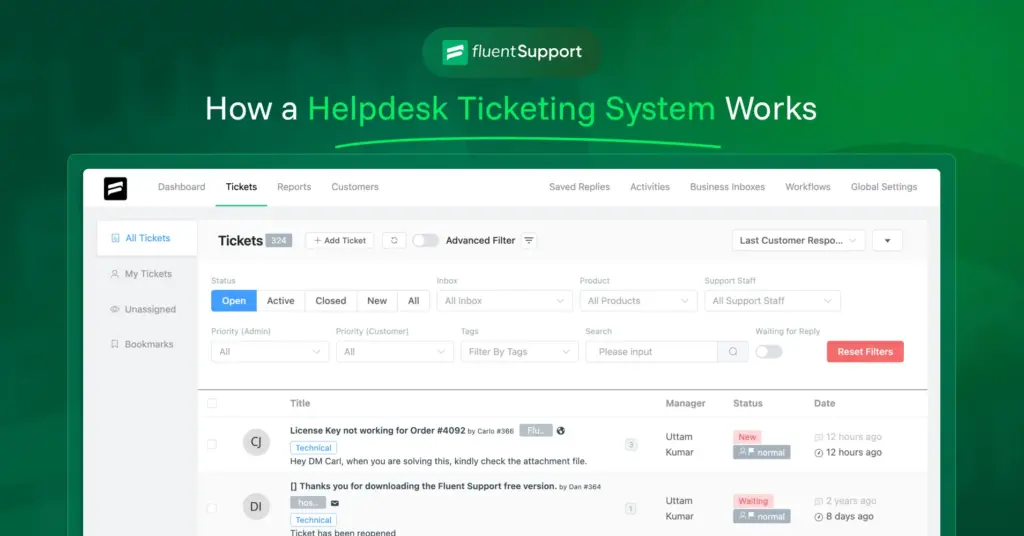
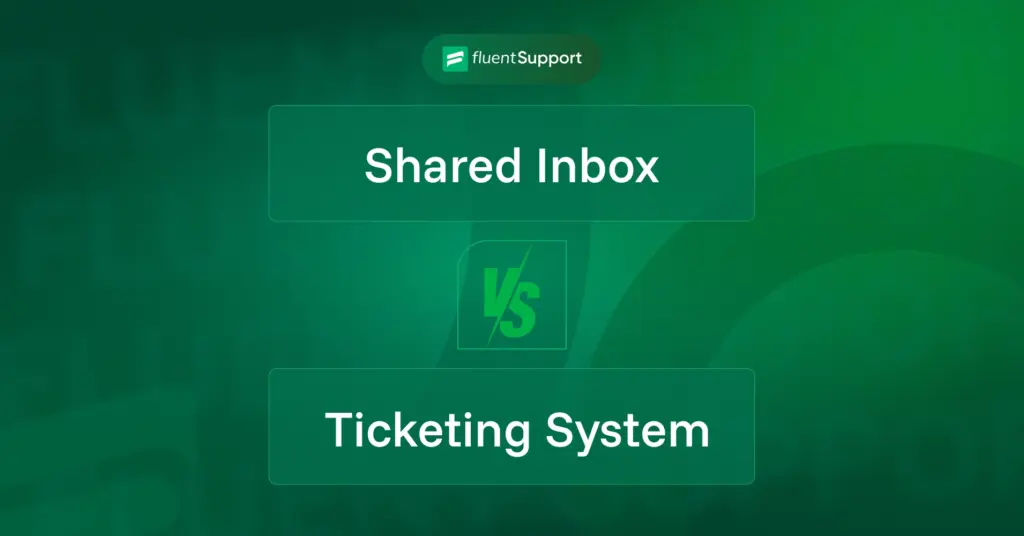
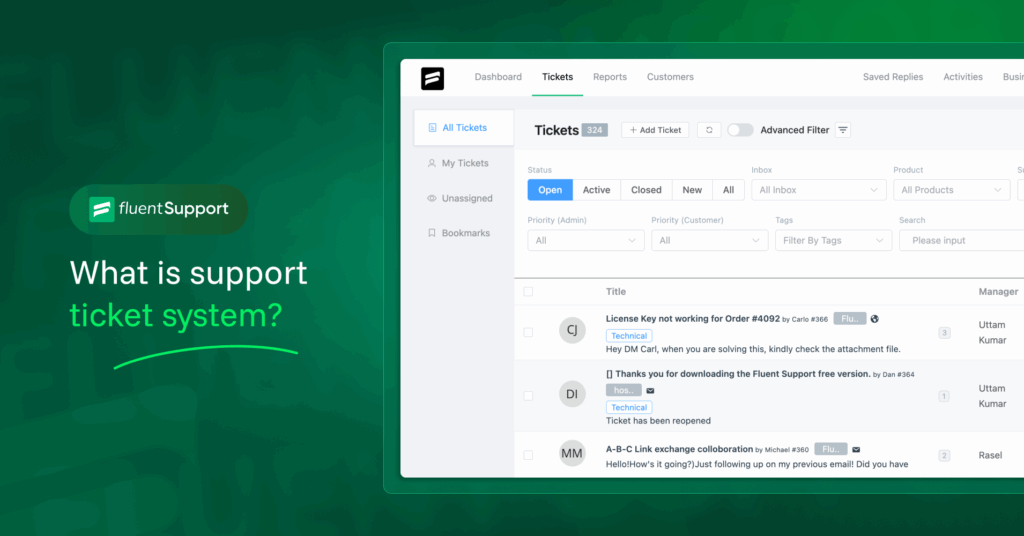
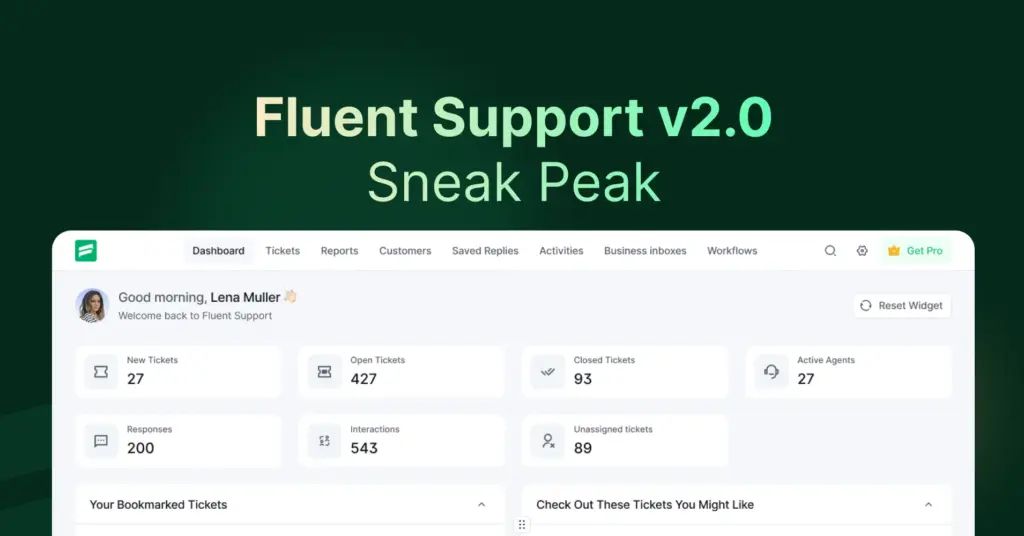
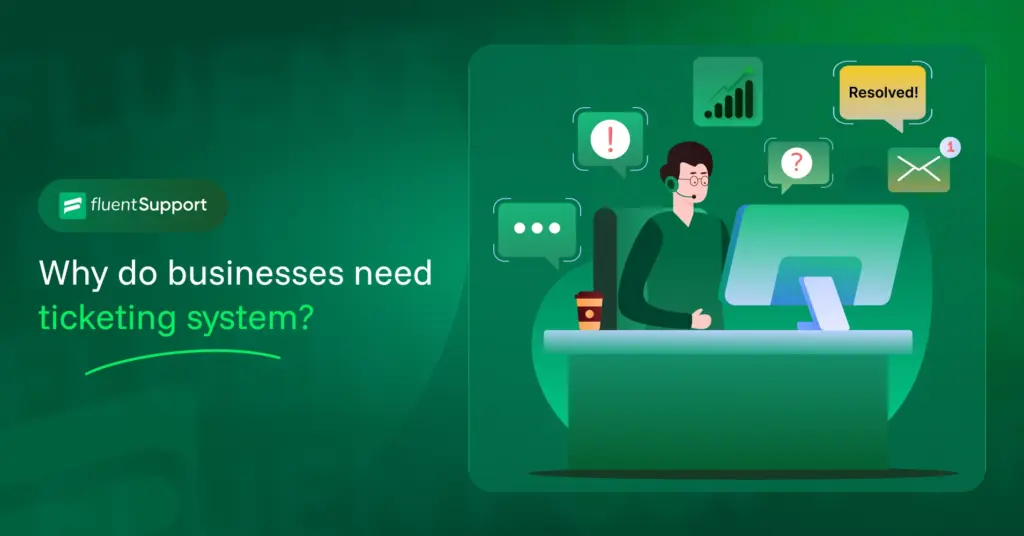

Leave a Reply